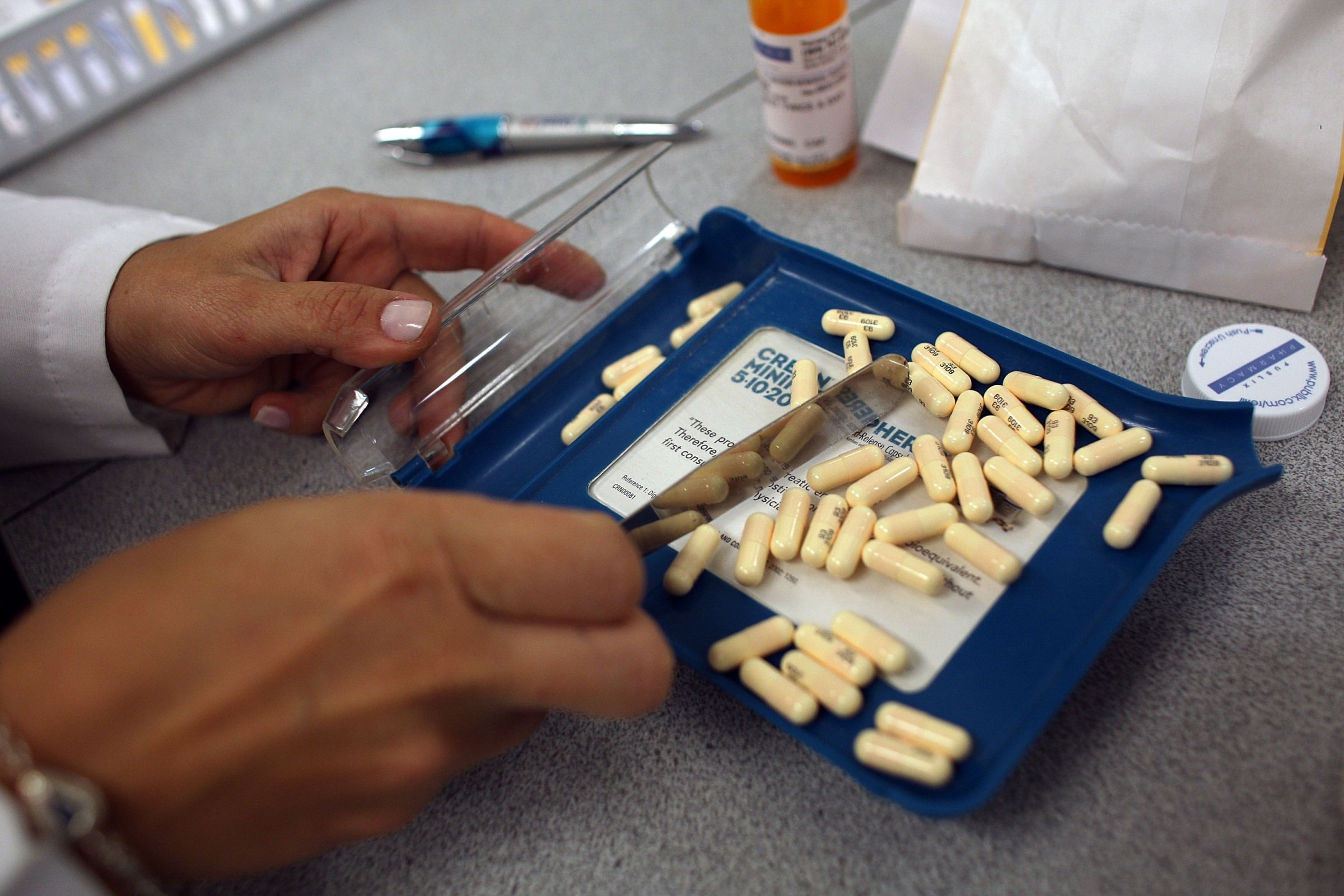
President Barack Obama is taking the health problems posed by antibiotic resistant bacteria seriously. He signed an Executive Order Thursday to create a task force – led by the secretaries of Defense, Agriculture and Health and Human Services – to develop an action plan on the issue. He also created a non-governmental advisory council to inform and develop recommendations concerning antibiotic resistant bacteria, and directed the Food and Drug Administration (FDA) to “continue taking steps to eliminate agricultural use of medically important antibiotics for growth-promotion purposes.”
That last action will likely become the most important, given that 80% of antibiotics in the country aren’t used by people but by animals. So while over-prescribing of the drugs to treat everything from colds to viral infections (for which they aren’t effective) are part of the problem, their use in animals, which can then pass the resistant strains on to people, is the much bigger challenge. And most of the animals receiving antibiotics aren’t sick, but are fed low doses of the drugs in order to grow faster and larger.
MORE: Farm Drugs: The FDA Moves to Restrict (Somewhat) the Use of Antibiotics in Livestock
In 2012, the FDA did restrict the use of one class of antibiotics commonly used in people, cephalosporin drugs, in animals that weren’t actively fighting infections. It also called for makers of antibiotics to voluntarily phase out claims that the medications would enhance growth, and pushed for greater veterinary oversight of antibiotic prescriptions.
But earlier this year, the Natural Resources Defense Council (NRDC) revealed evidence that the FDA allowed 18 antibiotics that it rated as high risk to human health to remain on the market, where farmers used them to boost the feed and water of their animals.
MORE: New Report Says FDA Allowed ‘High Risk’ Antibiotics to Be Used on Farm Animals
And, as Mae Wu, an NRDC attorney who wrote a blog post about the need to address farm practices, says, while animal drug makers may be removing growth claims about their products, they may still be touting their “disease prevention” features. So “they can easily switch from one to the other without changing practices,” says Wu. “It’s a change in name only.”
That’s why Wu argues that the President’s actions, while important, aren’t enough to change such long-standing agricultural practices.
“It’s great that the President has elevated [the problem of antibiotic resistance] to this level, and the White House is really talking about the problem and developing a plan over the next five years about how to do it,” she says. “But it’s disappointing that they are being so passive on one of the largest issues – the largest use of antibiotics in this country [in agriculture].”
The President’s Council of Advisors on Science and Technology (PCAST) also released a report on the matter, and among its eight recommendations for combating antibiotic resistant is a call for limiting the use of antibiotics in agriculture.
What that means will be up to the task force to determine, since the report didn’t specify a strategy. Even if the latest presidential actions don’t change the way antibiotics are currently prescribed, however, the heightened awareness that the White House is bringing to the problem may start to push things in the right direction. Already, Perdue, one of the country’s largest producers of poultry, announced that it will no longer use human antibiotics with 95% of its chickens.
More Must-Reads from TIME
- Donald Trump Is TIME's 2024 Person of the Year
- Why We Chose Trump as Person of the Year
- Is Intermittent Fasting Good or Bad for You?
- The 100 Must-Read Books of 2024
- The 20 Best Christmas TV Episodes
- Column: If Optimism Feels Ridiculous Now, Try Hope
- The Future of Climate Action Is Trade Policy
- Merle Bombardieri Is Helping People Make the Baby Decision
Contact us at letters@time.com